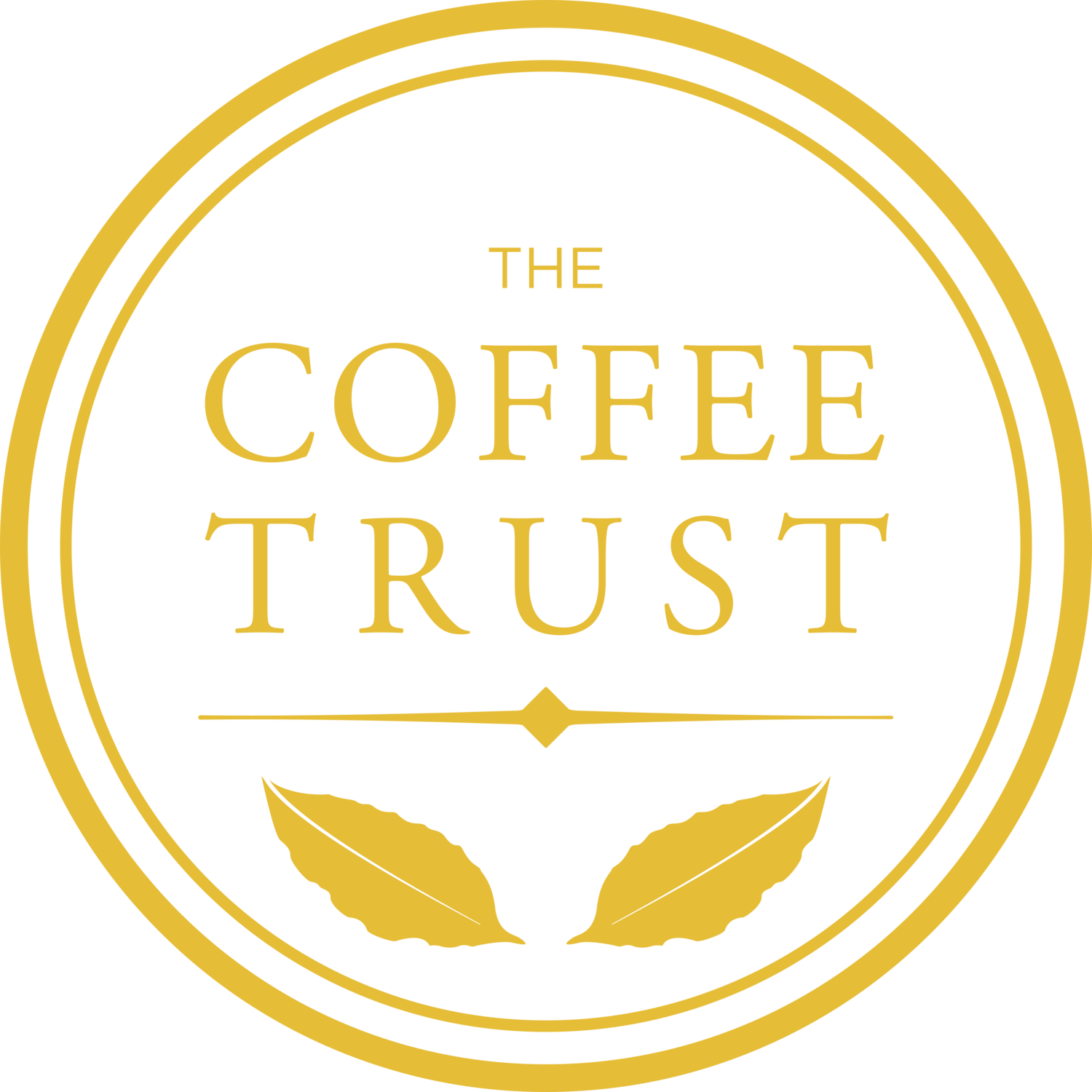February 2020 Newsletter
New Discoveries in Soil Health and Agroforestry:
A Visit to COMSA
This month, Bill, Paula, three technicians, and three promoters from our agricultural development programs traveled to Honduras together to visit Café Orgánico Marcala (COMSA). COMSA is an organization with a vision of developing alternative agricultural practices and opportunities for small-scale coffee farmers. By visiting COMSA, we hoped to further expand our knowledge of agroforestry, soil nourishment, and carbon sequestration, as well as share what we've learned through experimentation and the sharing of knowledge from farmer to farmer.
Top row from left to right: Francisco, Roderico, Salva, Nasario
Center: Valvino, Bill
Bottom: Mateo, Paula
From Bill:
"We started out by talking about Finca Humana—The Human Farm. This is a concept held by Elias Sanchez, a Honduran farmer who came to believe that the farm does not exist in the land, but in the human being. That the farmers cultivated him or herself by utilizing his or her mind, hands and heart. And that the farm existed there.
We talked about the five "Ms": 1) The Mind, or grey matter 2) The Organic Material 3) The Minerals in the soil 4) The Microorganisms 5) The living Molecules
Focusing on the microorganisms, they differentiate between Effective Microorganisms (EMs) and Mountain Microorganisms (MMs). EMs are a collection of anaerobic microorganisms found all over the world. MMs are anaerobic microorganisms found locally and are compatible or in balance with all the living matter in the local soil. You can buy EMs in the market, but you need the money to buy them. Or, you can harvest MMs from the soil around you. These microorganisms are easily identified in the forest... they are the white spots found underneath the first layer of dried and drying leaves on the forest floor.
There is a balance between all the living bacteria in the soil, at least there should be. After harvesting coffee or any other plants, minerals and nutrients are extracted from the soil. If they are not replaced, and there is a shortage of any or all of them to be shared amongst all the living bacteria in the soil, the competition for them in the soil becomes fierce."
From Paula:
"We learned about the richness of biochar and how it can help the soils. They say for growing plants it really makes a difference. They used a barrel cut in half, put a fire in the wood, and then cover half the barrel so the gases weren't coming out, but remained in the biochar. Then they showed us how to activate the biochar, mixing the carbon with microorganisms to make the biochar active. They put that on the roots of the plants and have great results.
Then, we went to reproduce Mountain Microorganisms in a 'petri box,' creating an environment for the microorganisms to reproduce on their own. On the way to Honduras we had stopped at a Pizza Hut to have lunch. There, four of the farmers ordered lasagna for the first time, and I explained it: put a layer of pasta, a layer of spice, a layer of meat or chicken, a layer of cheese, and then start again—One layer after another. To reproduce the MMs, it is like making a lasagna, putting layer after layer of organic material, rice husk, bran, and molasses. I told the farmers it is like the lasagna you eat and they started laughing and understood! After layering it all and waiting 30 days, they have the microorganisms.
Our next steps will be training the technicians and producers with Pepe on making microorganisms without sugar or molasses, because molasses is not available and brown sugar is very expensive. Pepe will do a training in March, and then we will leave some time for [the farmers] to practice. We created a WhatsApp group where they can talk about what they've been practicing."
Activating biochar
The goals of our developing Agroforestry Project are to 1) replenish nutrients and minerals extracted from the soil 2) defend plants against pathogens like la broca and la roya 3) improve coffee quality and production 4) diversify crops 5) plant trees 6) ensure appropriate shade with varying levels of the canopy, and 7) capture carbon from the atmosphere.
Enhancing the living soil with organic microorganisms harvested naturally from the forest, the project begins below the forest floor and stretches all the way to the highest tree. Organically enriched soil acts as one of the earth‘s greatest carbon sinks. Rich with nutrients and minerals easily absorbed into the green world above and fueled through photosynthesis, the growing, living forest that results opens a pathway for carbon from the atmosphere to cascade into the earth and find its new home in the soil.
Stay tuned for more updates as we continue to explore this new project.
Coming Up: Specialty Coffee Expo in Portland, Oregon
We're gearing up to attend the Specialty Coffee Expo in Portland from April 23rd - 26th. You can find us in the Exhibit Hall at booth #1140. Will you be there too? Drop us a line, we hope to see you there!



